Description
Fill your Porch or Garden with Generations of Life
One of the longest living species on earth, the Boabab tree is native to the African continent. It’s also commonly known as the upside-down tree and is what Disney’s tree of life is based off of. This only grows in the warmest climates in Florida such as the southern tip of Florida and a small area of southern California. Baobabs are adapted to arid, savannah environments and are capable of surviving in harsh conditions with minimal water. This resilience is largely due to their ability to store water in their enormous trunks.
Caring for your Baobab
Native to Africa, Madagascar, and Australia, these trees are renowned for their longevity, massive trunks, and unique appearance. Caring for a Baobab can be a rewarding experience, as these trees have a rich history and offer numerous ecological benefits. The key to successful Baobab care lies in replicating its natural habitat as closely as possible. This includes providing plenty of sunlight, using well-draining soil, maintaining a minimal watering schedule, and protecting the tree from cold temperatures.
Light
Baobabs thrive in full sunlight and open spaces. If you’re planting a Baobab, choose a location that receives ample sunlight throughout the day. In cooler climates, Baobabs can be grown in large containers and moved indoors during colder months.
Soil
Well-draining soil is crucial for Baobab trees. They are susceptible to root rot if the soil retains too much moisture. A mix of sand, loam, and perlite is ideal for ensuring proper drainage. For potted Baobabs, use cactus or succulent potting mix.
Water
The Baobab’s watering needs are minimal. In their natural habitat, they often survive on limited water resources. Overwatering can be detrimental, so it’s essential to allow the soil to dry out completely between watering sessions. During the winter, when the tree is dormant and leafless, reduce watering significantly.
Temperature
Baobabs are best suited for warm climates and can withstand high temperatures. However, they are not frost-tolerant and should be protected from cold weather. If you live in an area with cold winters, it’s best to grow your Baobab in a container so it can be moved indoors.
Fertilization
While Baobabs are not heavy feeders, a light application of a balanced, slow-release fertilizer during the growing season can promote healthy growth. Avoid over-fertilizing, as this can lead to excessive leaf growth at the expense of the tree’s overall health.
Pruning
Pruning is not typically necessary for Baobabs, as they naturally have a sparse canopy. However, removing dead or damaged branches can help maintain the tree’s health and appearance. Always use clean, sharp tools for pruning.
Pest and Disease Management
Baobabs are relatively resistant to pests and diseases. However, keep an eye out for signs of trouble, such as discolored leaves or unusual growths. Common issues include root rot due to overwatering and pests like aphids or spider mites.
Propagation
Baobabs can be propagated from seeds or cuttings. To propagate from seed, soak the seeds in water for 24 hours before planting them in well-draining soil. Germination can take several weeks. For propagation from cuttings, take a healthy branch and allow it to dry for a few days before planting in soil.

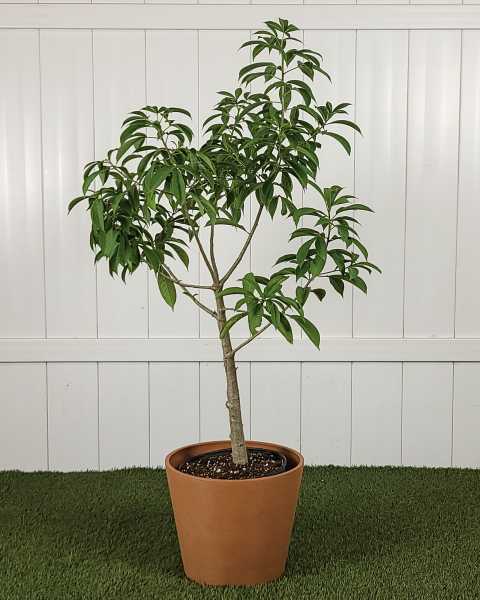
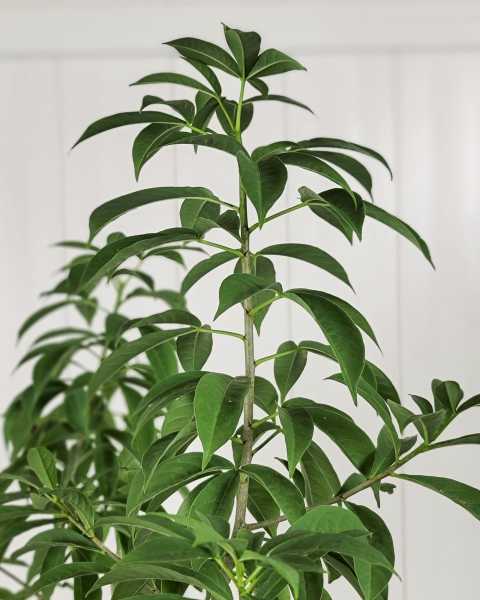
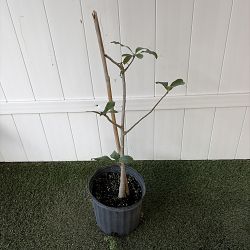
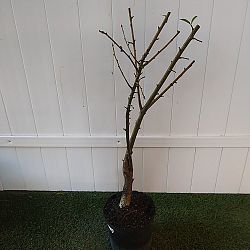
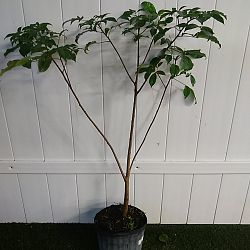
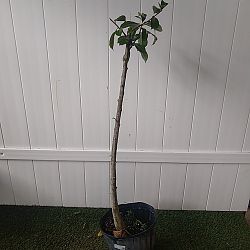
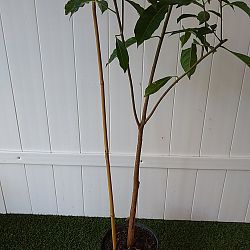
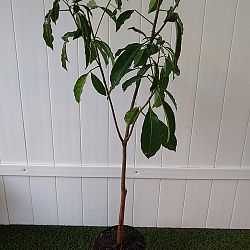
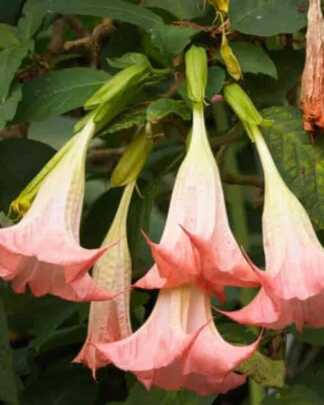
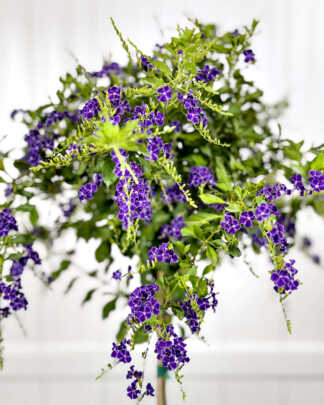
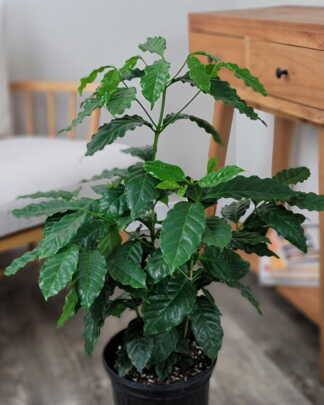
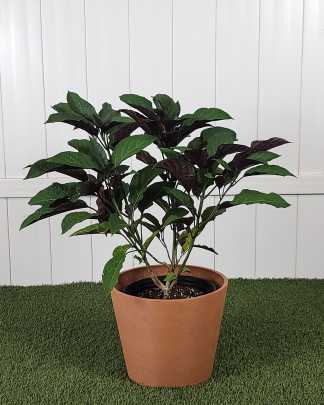
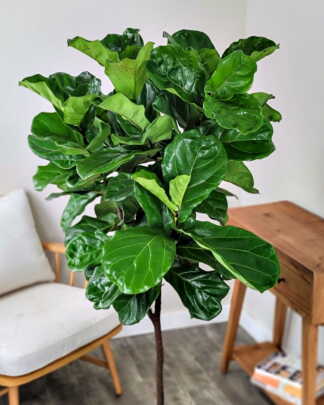


ROBERT EVANS (verified owner) –
FANTASTIC PLANT FOR THE MONEY/GREAT SERVICE…WOULD DO BUSINESS AGAIN
Anonymous (verified owner) –
Healthy Plant and fast shipping
Virginia (verified owner) –
Love it!